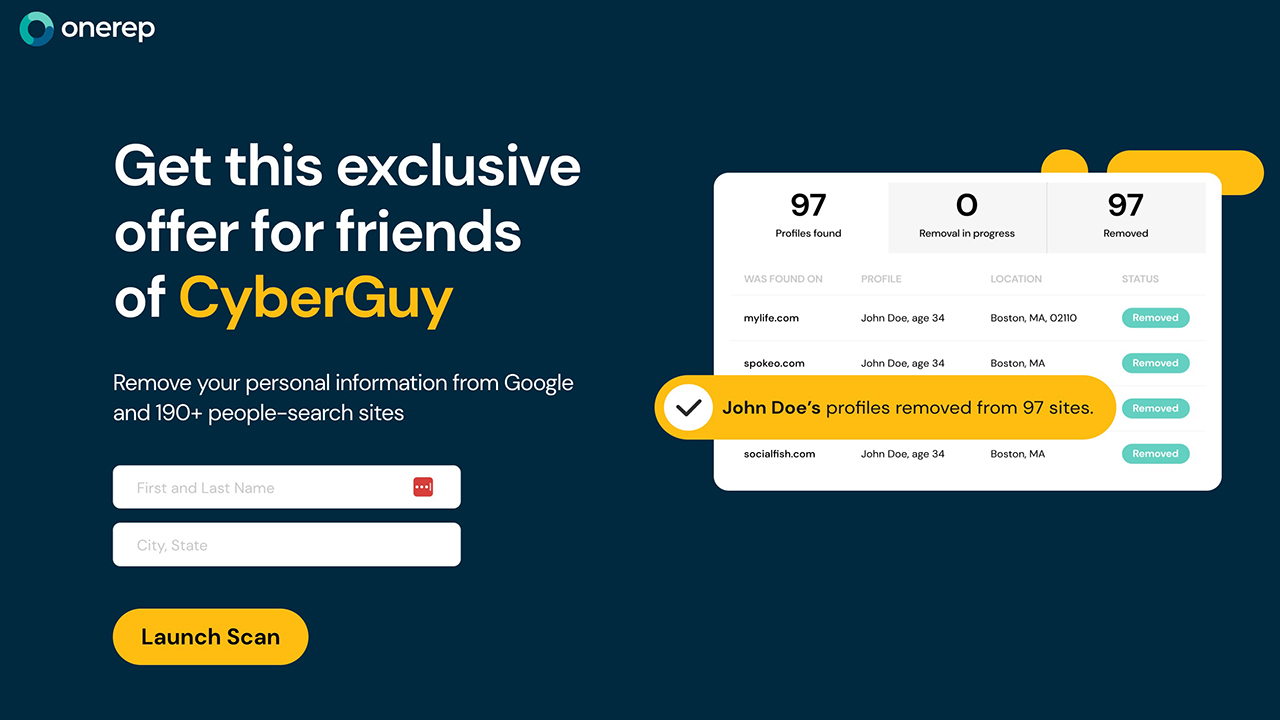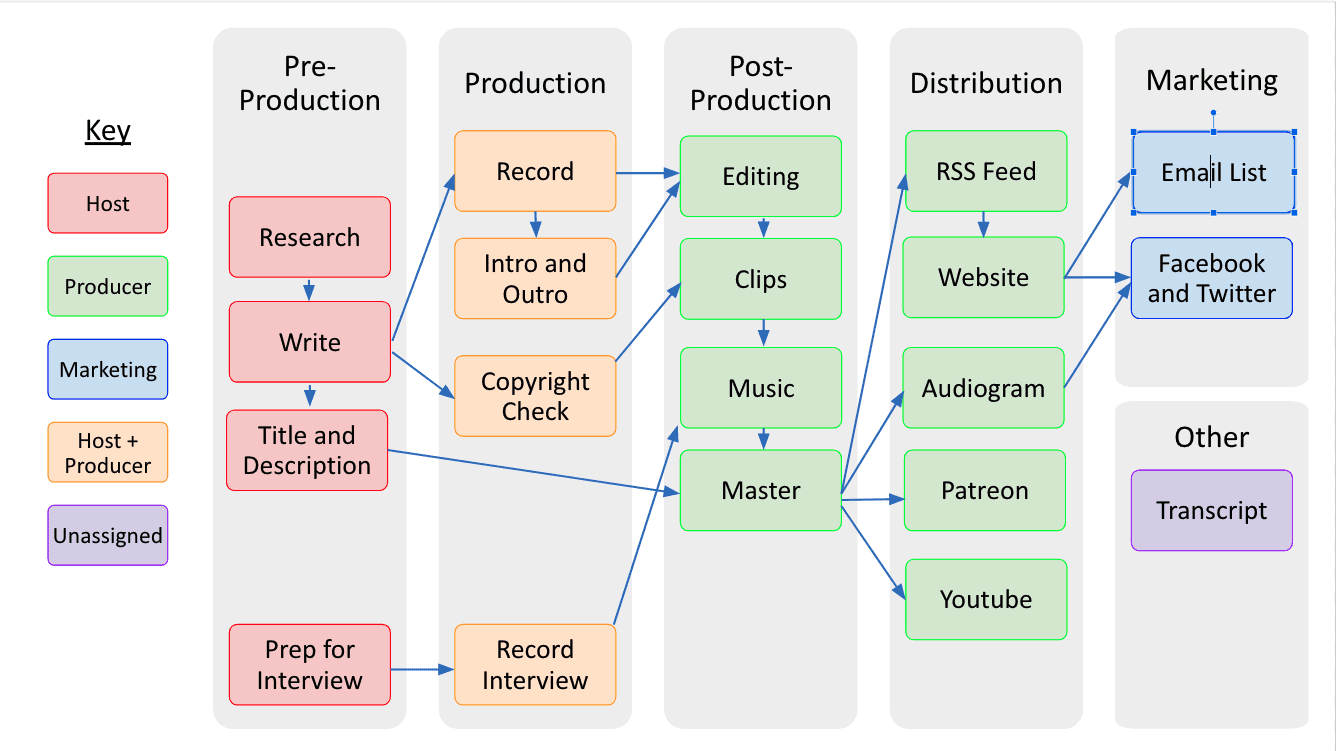The Ultimate Guide To Removing Your Personal Information Online

Table of Contents
Identifying Your Online Presence
Before you can remove your personal information, you need to know where it is. This involves a thorough search to identify your digital footprint.
Finding Your Data
Start by searching for yourself on major search engines like Google, Bing, DuckDuckGo, and others. Use various combinations of your name, address, phone number, email address, and even usernames you might have used.
- Use incognito or private browsing mode: This prevents personalized search results from skewing your findings.
- Check social media platforms: Examine your profiles on Facebook, Instagram, Twitter, LinkedIn, and any other social media sites you use. Look for any publicly accessible information.
- Explore forums and online directories: Check forums, review sites, and online directories where you might have registered or left comments.
- Utilize advanced search operators: Refine your search using Google's advanced search operators. For example,
"your name" -site:facebook.comwill exclude results from Facebook. Experiment with different operators to pinpoint specific data.
Assessing the Risks
Once you've identified your online presence, analyze the potential risks. Ask yourself:
- Is this information sensitive? Financial details, addresses, and medical information pose the highest risks.
- Could this information be used for malicious purposes? Consider the potential for identity theft, stalking, or other harmful activities.
- Is this information outdated or inaccurate? Outdated information can still be harmful, so removing it is crucial.
Removing Your Information from Search Engines
Search engines index vast amounts of data. Getting information removed requires understanding their policies and procedures.
Submitting Removal Requests
Google and other search engines have processes for removing outdated or inaccurate information. These usually involve submitting a removal request.
- Familiarize yourself with Google's removal request process: Understand their requirements and eligibility criteria. They primarily focus on removing links to content that is illegal, outdated, or violates their policies.
- Prepare clear documentation: You’ll need to provide evidence to support your removal requests, such as proof of identity or documentation showing inaccuracies.
- Be patient: The removal process can take time. It's not an immediate fix, and not all requests are granted.
Utilizing the "Right to be Forgotten"
The "right to be forgotten," enshrined in regulations like the GDPR (General Data Protection Regulation) in Europe, grants individuals the right to request the removal of their personal data held by companies.
- Understand your regional data protection laws: Research the relevant laws in your jurisdiction to understand your rights and how to exercise them.
- Prepare a formal request: Craft a formal request to the organization holding your data, clearly citing the legal basis for your request.
Removing Your Information from Websites and Platforms
Directly removing your data from individual websites and platforms is key to minimizing your online footprint.
Social Media Cleanup
Regularly review and clean up your social media profiles.
- Delete outdated posts, photos, and comments: Remove anything that is no longer relevant or could potentially be harmful.
- Restrict access to your profiles: Adjust your privacy settings to limit who can see your information.
- Review your friend and follower lists: Remove contacts you no longer interact with or don't trust.
Online Account Management
Go through all your online accounts, from shopping sites to forums.
- Deactivate or delete accounts you no longer use: Inactive accounts are potential vulnerabilities.
- Review and update your contact information: Ensure your information is accurate and up-to-date on active accounts.
- Consider using strong, unique passwords: Protect your accounts with robust passwords and consider using a password manager.
Protecting Yourself from Future Data Leaks
Preventing future data leaks requires proactive measures and safe online habits.
Practice Safe Online Habits
Be mindful of what you share online.
- Use strong, unique passwords and enable two-factor authentication: Strengthen your account security.
- Be cautious about phishing scams and fraudulent websites: Avoid clicking suspicious links or providing personal information on untrusted sites.
- Regularly monitor your credit report: Check for any unauthorized activity.
Use Privacy-Focused Tools
Utilize tools that enhance your online privacy.
- Consider using a VPN: A VPN masks your IP address and encrypts your internet traffic, providing added security and anonymity.
- Explore privacy-focused browsers: Browsers like Brave and Firefox offer enhanced privacy features.
- Regularly check for and update your software: Keep your operating system, applications, and browser updated with security patches.
Conclusion
Removing your personal information online requires a proactive and multi-faceted approach. By diligently following the steps outlined in this guide, including identifying your digital footprint, submitting removal requests, cleaning up your online accounts, and practicing safe online habits, you can significantly reduce your online vulnerability and enhance your privacy. Remember, this is an ongoing process, so regularly review your online presence and adapt your strategies as needed. Take control of your digital life and start removing your personal information online today!

Featured Posts
-
 Canadians And Us Immigration How Trump Changed The Landscape
Apr 23, 2025
Canadians And Us Immigration How Trump Changed The Landscape
Apr 23, 2025 -
 Ai And Wildlife Conservation Benefits Challenges And The Future
Apr 23, 2025
Ai And Wildlife Conservation Benefits Challenges And The Future
Apr 23, 2025 -
 Minnesota Twins Broadcaster Honors Beloved Mentor
Apr 23, 2025
Minnesota Twins Broadcaster Honors Beloved Mentor
Apr 23, 2025 -
 Illness Keeps Francona From Brewers Game
Apr 23, 2025
Illness Keeps Francona From Brewers Game
Apr 23, 2025 -
 From Scatological Data To Podcast Gold The Power Of Ai
Apr 23, 2025
From Scatological Data To Podcast Gold The Power Of Ai
Apr 23, 2025
